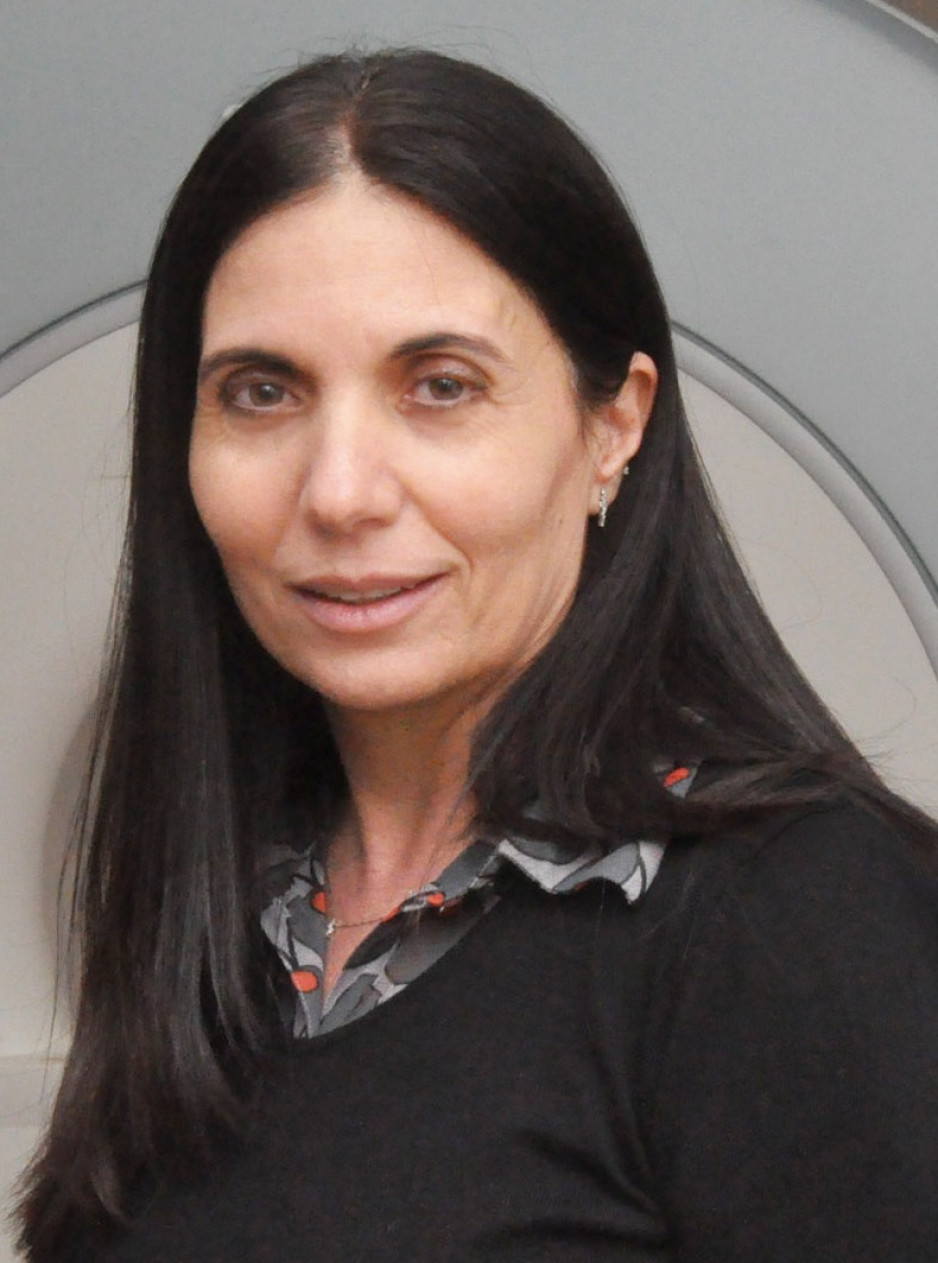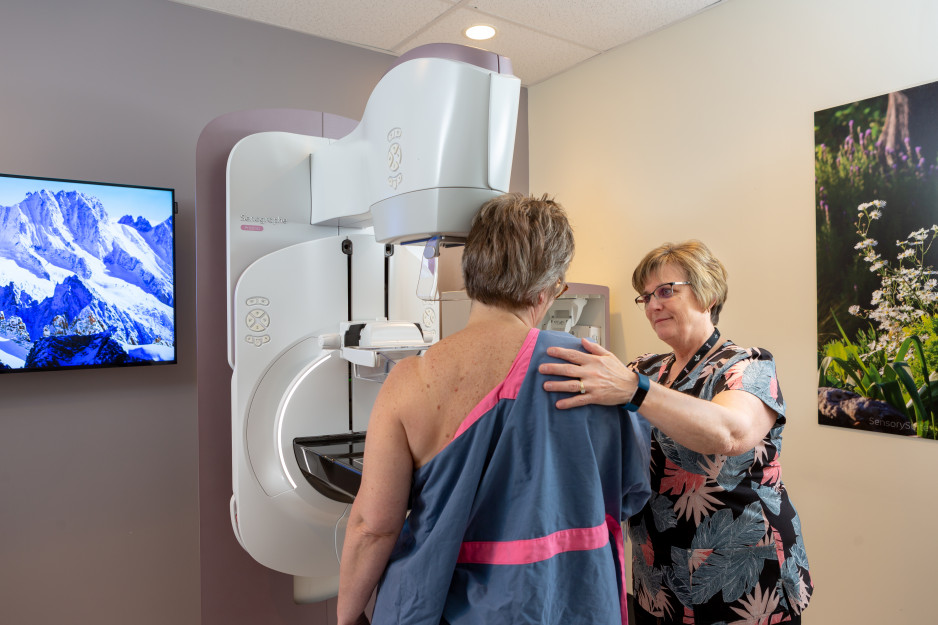Did the pandemic derail your regular breast screening?
COVID-19 has inadvertently provided further proof of the importance of timely screening for breast cancer. Book your appointment today.
If you missed your breast screening appointment due to the pandemic, book it now. A serious side effect of COVID-19 has come to light showing the impact of screening delays on the detection of breast cancer.
“At its height, the pandemic significantly impacted the delivery of health care - either through appointments put on hold or patients afraid to come in,” explains Dr. Anat Kornecki, Breast Radiology Lead at St. Joseph’s Health Care London. “But, in a twist of fate, it also gave us further proof of the effectiveness and importance of timely screening.”
While the incidence in breast cancer has not changed since the pandemic began, a major US study recently reported a 38 per cent drop in breast cancer detected through screening in 2020 compared with 2019, explains Dr. Kornecki. This means that many women who missed their screening are at risk of having their cancers detected at later stages of the disease, and that can affect outcomes.
“It’s important that women who have put off their screening or had their appointment cancelled during the pandemic make an appointment,” says Dr. Kornecki. “We know that catching breast cancer early saves lives.”
Screening mammography is used to look for cancer in women who do not have any symptoms of breast cancer or breast problems. It can detect lumps or abnormal areas of breast tissue that may be too small to be felt by hand, monitors changes to the breast over time, and can find breast cancers at an early stage when they are small, less likely to have spread and more likely to be treated successfully.
Inadvertently, the pandemic set the stage to evaluate the effects of temporarily putting breast screening on hold and the results reiterate why screening mammograms are important, says Dr. Kornecki.
The Ontario Breast Screening Program (OBSP) recommends that most people ages 50 to 74 be screened every two years with mammography, or more often depending on an individual’s risk factors. Those ages 30 to 69 considered at high risk of breast cancer are also eligible for regular screening.
At St. Joseph’s Hospital, which is an OBSP screening site and London’s hub for state-of-the-art breast imaging and diagnosis, women are benefitting from the best in technology. Ground-breaking breast imaging modalities are pinpointing cancer in women with the most challenging breast issues. For example, contrast-enhanced mammography has significantly advanced the ability to spot an abnormality in women with dense breast tissue, a condition that puts them at increased risk of breast cancer but makes a tumour more difficult to find. And for women who cannot tolerate or manage a mammogram, such as those with disabilities, automated breast ultrasound (ABUS) is the latest in the breast imaging arsenal. ABUS uses a much larger transducer to take hundreds of 3D images of entire breast.
“We can accommodate anyone needing routine screening and those requiring additional imaging, regardless of their circumstances,” says Dr. Kornecki. “What we ask of women is to be diligent about breast health and screening.”
Relatively new in Ontario is easy accessibility for women to their breast density measurements. Following a recommendation by the Canadian Association of Radiologists to inform women about their breast density and the risks associated with dense breast tissue, this information is now included on the printed radiology report for every woman who receives a screening mammogram.
“This allows every woman and their family physician to know the extent of breast density and to receive appropriate guidance regarding the best imaging option to provide screening, and how often they should be screened,” says Dr. Kornecki.
St. Joseph’s is one of more than 200 sites in Ontario offering routine screening through the OBSP. Women age 50 and over can be referred by their family physician or schedule their own screening mammogram appointment through the OBSP at a location of their choice. To book, call 1-800-668-9304 or go to Ontario Breast Screening Program Locations. (Those under the age of 50 require a referral from a family physician for routine breast screening.)
Woman between the ages of 30 and 69 who think they may be at high risk for breast cancer should talk to their family doctor about a referral to the High Risk OBSP.
Additional London-area locations for routine for breast screening
St. Joseph’s is booking as many breast routine screening appointments as possible as we work through a backlog of patients resulting from the pandemic. Due to wait times, women may choose alternate screening locations in London and area. They include:
- London X-Ray Associates, 595 Bradley Ave., Suite 105, 519 672-7900
- London X-Ray Associates, 450 Central Ave., Unit 104, 519 672-7900
- MyHealth Centre, 279 Wharncliffe Rd. N, Suite 111 and 210, 1-888-903-5012
- MyHealth Centre London Fanshawe, 1055 Fanshawe Park Rd. W, Suite 301, 1-888-874-7813
- St. Thomas Elgin General Hospital: 519 631-2030 ext. 2517
- Strathroy Middlesex General Hospital: 519 246-5200, central cooking: 1-866-269-8384
- Stratford General Hospital: 519 272-8210 ext. 2339

